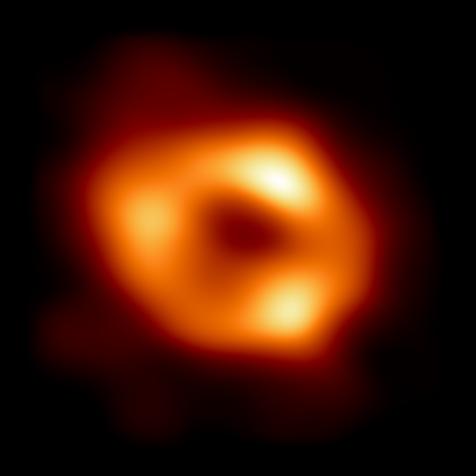
Bill Stafford - NASA - JSC
NASA's Jessica Watkins to be first Black Female Astronaut to Spend Six Months in Space
At age 33, Watkins will soon make history as the first Black woman to join the International Space Station on an extended mission. She will serve as a mission specialist in a four-person crew on board a SpaceX Crew Dragon spacecraft named Freedom.
NASA is getting ready for the SpaceX Crew-4 mission to the International Space Station, and that includes the first Black female astronaut to have a six-month stay.
Liftoff is scheduled no earlier than Wednesday, April 27 at 3:52 a.m. EDT, from Launch Complex 39A at NASA's Kennedy Space Center in Florida.
Watkins was selected as an astronaut candidate in 2017. A planetary geologist, she was one of twelve chosen from a pool of 18,300 applicants. She began her career at NASA as an intern, conducting research to support the Phoenix Mars Lander mission at NASA’s Ames Research Center.

Watkins said of the milestone "I think it really is just a tribute to the legacy of the Black women astronauts that have come before me, as well as to the exciting future ahead. And so I'm just honored to be a small part of that legacy moving forward. You know, for me, growing up, it was important to me to have role models in roles that I aspired to be in, contributing in ways I aspired to contribute. So to the extent that I'm able to do that, I am honored and grateful for the opportunity to return the favor."
The SpaceX Crew-4 mission is carrying NASA astronauts Kjell Lindgren, Bob Hines and Jessica Watkins, as well as European Space Agency astronaut Samantha Cristoforetti.


















